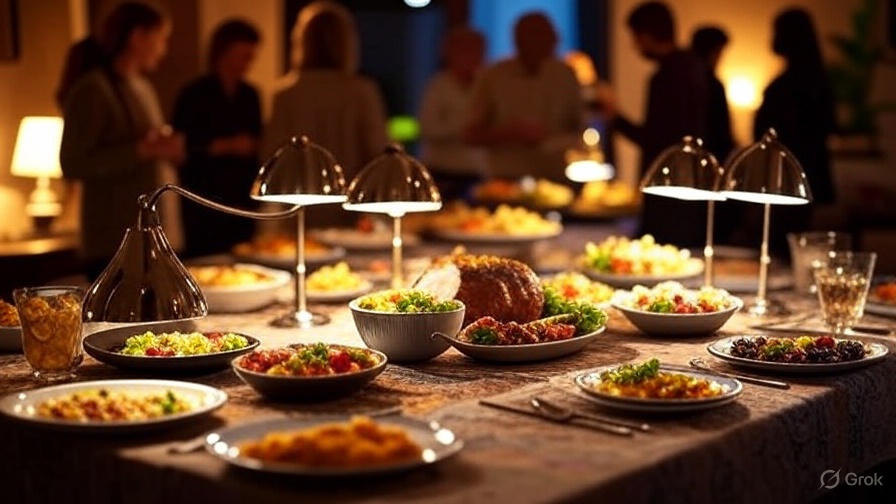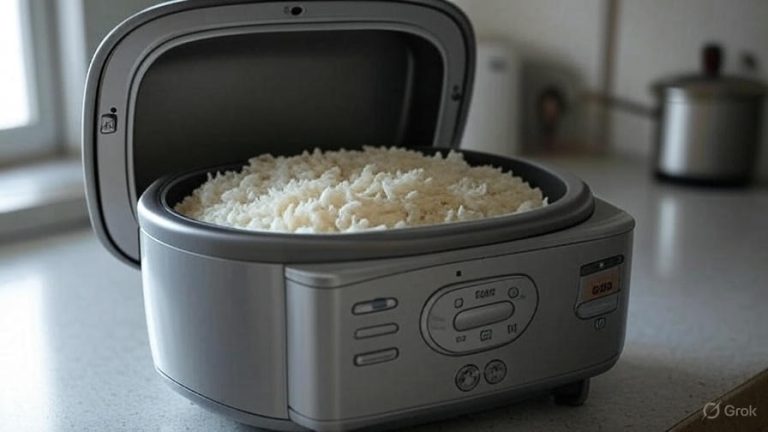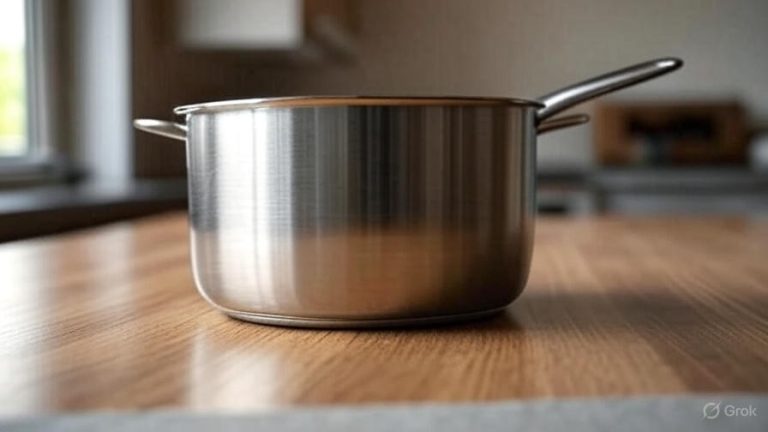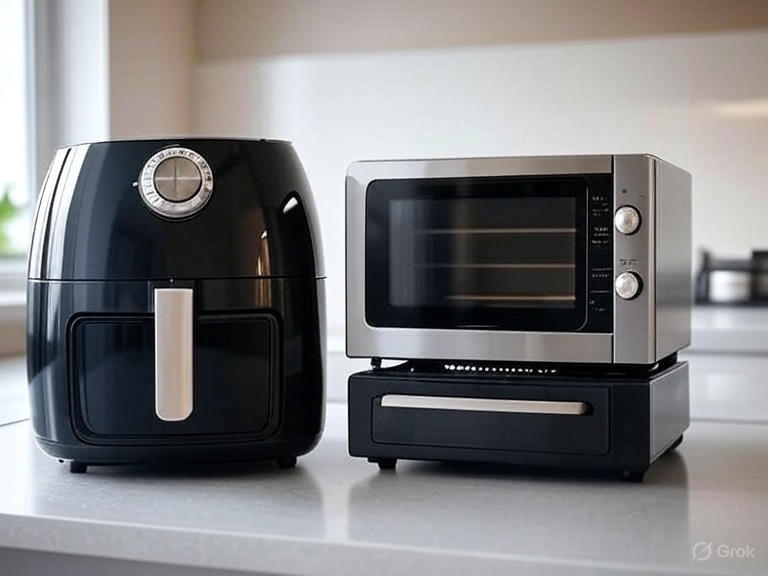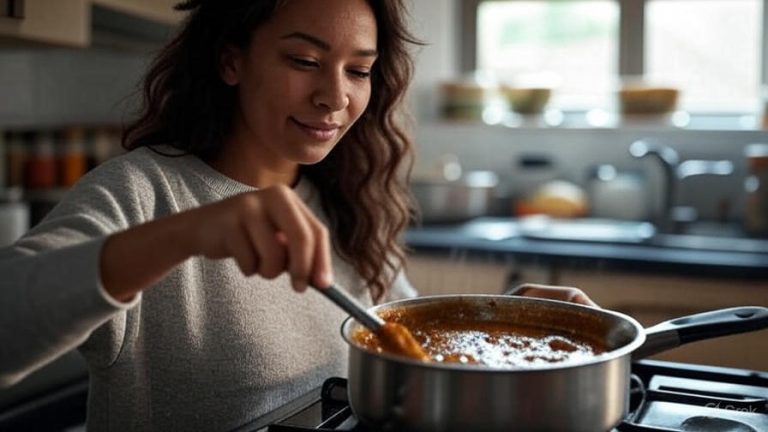How to Keep Food Warm for a Party?
Hosting a party can feel overwhelming, especially when you want to serve hot, delicious food that guests will remember. Nobody wants to present lukewarm appetizers or cold main dishes that have lost their appeal. The key to successful party hosting lies in mastering the art of keeping food at safe, appetizing temperatures throughout your event.
Temperature control becomes even more critical when you consider food safety regulations. Hot foods must stay above 140°F (60°C) to prevent bacterial growth, while maintaining their taste and texture. This guide will walk you through proven methods, essential equipment, and practical strategies to ensure your party food remains perfectly warm from the first guest’s arrival to the last bite.
Essential Equipment for Keeping Party Food Hot
Slow Cookers and Crock Pots
Slow cookers serve as your best friend for party food warming. These versatile appliances maintain consistent temperatures and can accommodate large quantities of food. Set your slow cooker to the “warm” setting after cooking to keep dishes like pulled pork, chili, or soup at ideal serving temperatures.
Different sizes work better for various party needs. A 6-quart slow cooker handles main dishes for 8-12 people, while smaller 3-quart models work perfectly for dips and appetizers. The ceramic insert retains heat efficiently, and the tight-fitting lid prevents moisture loss.
Chafing Dishes and Warming Trays
Professional caterers rely on chafing dishes for good reason. These elegant serving solutions use Sterno fuel or electric heating elements to maintain food temperatures. Chafing dishes work exceptionally well for buffet-style parties where guests serve themselves throughout the evening.
Electric warming trays offer another excellent option for keeping multiple dishes warm simultaneously. These flat heating surfaces can accommodate several serving dishes at once, making them ideal for potluck-style gatherings or when you need to warm various side dishes.
Thermal Carriers and Insulated Containers
Thermal carriers transport hot food from kitchen to party location while maintaining temperature. These insulated bags and containers use advanced materials to prevent heat loss during transportation. Some models include heating elements that plug into car outlets for extended warming during travel.
Insulated serving dishes with tight-fitting lids also help retain heat for shorter periods. These containers work well for parties where you’ll serve food within 2-3 hours of cooking.
Oven-Based Warming Techniques
Low-Temperature Oven Method
Your oven becomes a powerful warming tool when set to low temperatures. Set the oven to 200°F (93°C) or lower, and place finished dishes inside covered containers. This method works particularly well for casseroles, roasted vegetables, and meat dishes that benefit from gentle heat.
Cover dishes with aluminum foil to prevent drying and moisture loss. Check food temperatures periodically with a food thermometer to ensure they stay above 140°F. This technique allows you to keep multiple dishes warm without compromising quality.
Oven Warming Drawers
Many modern ovens include warming drawers specifically designed for this purpose. These compartments maintain precise temperatures between 140°F and 200°F, making them perfect for keeping completed dishes warm until serving time.
Warming drawers provide consistent heat distribution and prevent the overcooking that can occur with regular oven warming. They’re especially useful for keeping bread, rolls, and delicate items warm without drying them out.
Stovetop Warming Solutions
Double Boiler Method
The double boiler technique prevents direct heat contact that can cause scorching or overcooking. Place your food in a heat-safe bowl over simmering water, creating gentle, even heating. This method works exceptionally well for delicate sauces, cheese dips, and chocolate fondues.
Monitor water levels to prevent boiling dry, and stir occasionally to ensure even heating. The indirect heat prevents burning while maintaining optimal serving temperatures.
Heat Diffusers and Warming Plates
Heat diffusers spread stovetop heat evenly across pot bottoms, preventing hot spots that can burn food. These metal plates allow you to keep food warm on your lowest burner settings without worrying about scorching.
Portable warming plates offer similar benefits with electric heating elements. These countertop appliances provide consistent, adjustable heat perfect for keeping serving dishes warm during parties.
Creative DIY Warming Solutions
Cooler Warming Hack
Transform an ordinary cooler into a food warmer using hot water bottles or heated towels. Line the cooler with towels, place hot water bottles around the sides, and nestle your covered food containers inside. This method maintains temperatures for 2-4 hours without electricity.
Replace hot water bottles as they cool to extend warming time. This technique works particularly well for outdoor parties or locations without electrical access.
Towel and Blanket Insulation
Wrap hot dishes in clean towels and blankets to create insulation that slows heat loss. This simple method works surprisingly well for short-term warming, especially when combined with other techniques.
Use multiple layers for better insulation, and check food temperatures regularly to ensure safety. This approach works best for foods that retain heat well, like thick stews or casseroles.
Hot Water Bath Method
Create a hot water bath by filling a large roasting pan with hot water and placing covered serving dishes inside. This improvised bain-marie keeps food warm through water’s heat retention properties.
Refill with hot water as needed to maintain temperature. This method works well for multiple small dishes that need gentle, consistent warming.
Food Safety and Temperature Guidelines
Safe Temperature Ranges
Food safety depends on maintaining proper temperatures throughout your party. Hot foods must stay at 140°F or above to prevent bacterial growth. Use food thermometers to verify temperatures, especially for meat dishes and dairy-based items.
Cold foods should remain below 40°F, but this guide focuses on keeping hot foods warm. The “danger zone” between 40°F and 140°F allows rapid bacterial multiplication, making temperature control crucial for guest safety.
Time Limits for Food Safety
Even with proper warming techniques, hot foods shouldn’t sit out for more than 2 hours at room temperature. This time limit reduces to 1 hour when room temperature exceeds 90°F, such as during summer outdoor parties.
Plan your party timeline accordingly, and consider serving food in smaller batches rather than keeping large quantities warm for extended periods.
Monitoring and Checking Temperatures
Check food temperatures every 30-60 minutes during your party using a reliable food thermometer. Insert the thermometer into the thickest part of food items to get accurate readings.
Keep a log of temperature checks if you’re hosting a large event. This practice helps ensure food safety and provides peace of mind throughout your party.
Specific Food Types and Warming Strategies
Keeping Appetizers and Finger Foods Warm
Appetizers require special attention since guests often graze throughout the party. Mini quiches, stuffed mushrooms, and hot dips benefit from chafing dishes or warming trays that allow easy access.
Arrange appetizers in shallow serving dishes to promote even heating. Avoid stacking items, which can lead to uneven temperatures and soggy textures.
Main Dishes and Casseroles
Large main dishes like lasagna, enchiladas, or roasted meats retain heat well when properly covered. Use aluminum foil tented over dishes to prevent drying while allowing heat circulation.
Cut large roasts or whole chickens into serving portions before warming to ensure even heat distribution. This approach also makes serving easier and faster.
Soups, Stews, and Liquid-Based Dishes
Liquid-based dishes maintain temperature most effectively in slow cookers or warming pots. Stir occasionally to prevent skin formation and ensure even heating throughout.
Serve soups and stews from thermal serving bowls that retain heat longer than standard serving dishes. Ladle portions into pre-warmed bowls for best results.
Bread and Baked Goods
Warm bread and rolls in low ovens wrapped in damp towels to prevent drying. Baskets lined with thermal liners keep bread warm while providing attractive presentation.
Avoid overwrapping bread, which can create moisture that makes crusts soggy. Light covering with cloth napkins often works better than heavy wrapping.
Party Planning and Timing Strategies
Preparation Timeline
Create a detailed timeline working backward from your party start time. Plan to finish cooking 30-60 minutes before guests arrive, allowing time for proper warming setup.
Prepare dishes that reheat well in advance, and save last-minute items for quick warming techniques. This approach reduces stress and ensures everything stays properly heated.
Coordinating Multiple Dishes
When serving multiple hot dishes, stagger cooking times so everything finishes within the same 30-minute window. This coordination prevents some dishes from cooling while others finish cooking.
Use your oven’s warming drawer or lowest setting to keep early dishes warm while finishing later items. Label dishes with finishing times to stay organized.
Serving Strategies
Serve food in smaller portions that guests consume quickly rather than large quantities that sit out longer. This approach maintains food quality and safety while reducing waste.
Use insulated serving dishes that retain heat longer, and consider serving some items family-style to encourage faster consumption.
Troubleshooting Common Problems
Preventing Food from Drying Out
Moisture loss during warming can ruin otherwise perfect dishes. Cover foods with lids, aluminum foil, or damp towels to retain moisture. Add small amounts of broth or water to dishes that seem dry.
Avoid removing covers unnecessarily, which allows heat and moisture to escape. Check dishes quickly and recover immediately to maintain optimal conditions.
Dealing with Overcrowding
Too many dishes competing for warming space can lead to uneven heating and temperature drops. Prioritize which items need active warming and which can rely on residual heat.
Use multiple warming methods simultaneously to handle more dishes. Combine slow cookers, warming trays, and oven warming to accommodate your full menu.
Managing Power and Equipment Limitations
Electrical limitations can restrict your warming options. Calculate power requirements for all equipment to avoid overloading circuits. Use extension cords rated for appliance loads when necessary.
Have backup plans like thermal carriers or insulated containers ready if electrical equipment fails. Battery-powered warming devices offer alternatives for outdoor events.
Budget-Friendly Warming Solutions
DIY Options
Create effective warming solutions without expensive equipment. Use large pots with tight-fitting lids on low heat settings, or construct warming baths with items you already own.
Repurpose items like slow cookers, rice cookers, and fondue pots for warming duties. These appliances often work as well as specialized warming equipment.
Rental Equipment
Consider renting professional warming equipment for large parties. Chafing dishes, warming trays, and thermal carriers often cost less to rent than purchase for occasional use.
Many party supply stores offer warming equipment rentals with delivery and pickup services. This option provides professional results without long-term storage requirements.
Conclusion
Mastering food warming techniques transforms your party hosting from stressful to successful. The methods outlined in this guide provide multiple options for keeping food at safe, delicious temperatures throughout your event. From professional chafing dishes to creative DIY solutions, you now have the tools to ensure your guests enjoy hot, appetizing food from start to finish.
Remember that food safety remains paramount in all warming strategies. Monitor temperatures regularly, respect time limits, and prioritize guest health alongside food quality. With proper planning and the right techniques, you can confidently serve hot, delicious food that makes your party memorable for all the right reasons.
Start implementing these warming strategies at your next gathering, and watch as guests compliment not just your cooking, but your ability to keep everything perfectly heated throughout the entire event. Your reputation as a skilled host will grow with each successful party where every dish remains as hot and delicious as when it first came out of the kitchen.

